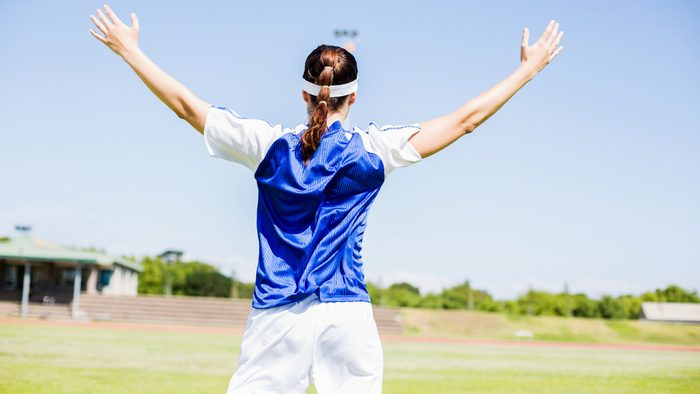
Women are more likely than men to get injured in sports
If you are a weekend warrior, then you should pay attention to this: Women are at a higher risk of getting injured than men are. And that risk increases as we get older
“Probably the biggest reason why we get injured and don’t heal like we used to is due to errors in the duplication of DNA, which increase with age because of random damage that occurs over time, such as wear and tear and the effects of radiation from free radicals,” says Dr. Christine Walton, an orthopedic surgeon in Toronto.
Also, women have a heightened inflammatory response compared to men, which seems to attenuate after menopause, she says. How long healing takes depends on the extent of the damage and the structures that have been affected. Genetics, age-related markers and medications can influence the healing process.
As people age, they may be more susceptible to certain types of injuries, such as hip fractures, tennis elbow, golfer’s elbow, sprained ankles, plantar fasciitis and, particularly for women who have given birth, sacroiliitis pain (where the pelvis attaches to the sacrum).
Keep clicking through to learn how to deal with your injury.
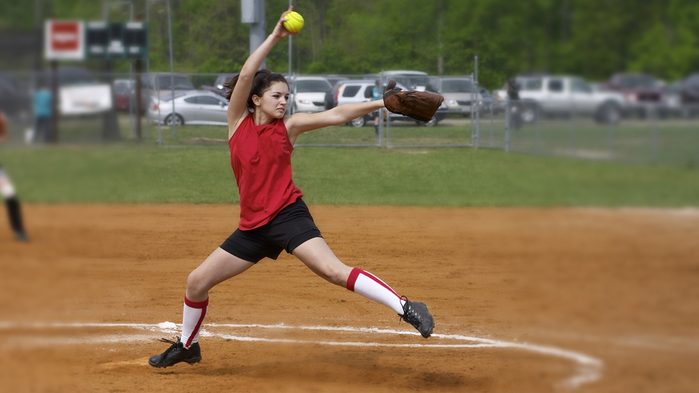
1. Don’t ignore the pain.
If you’re experiencing pain or inflammation, either chronically or intermittently, talk to your family doctor. Once you have undergone the proper tests and know what kind of injury you’ve sustained, you can opt to see a physiotherapist, chiropractor, osteopath or other health practitioner.
While you’re in the acute phase of an injury, you’ll need to apply cold and compression to reduce inflammation. Ice penetrates much deeper than heat, says Dr. Walton, and cryotherapy devices that use compression and cold can be helpful during early stages of recovery, she explains. But avoid heat during the acute phase of an injury, which usually lasts for about five days, warns Dr. Walton.
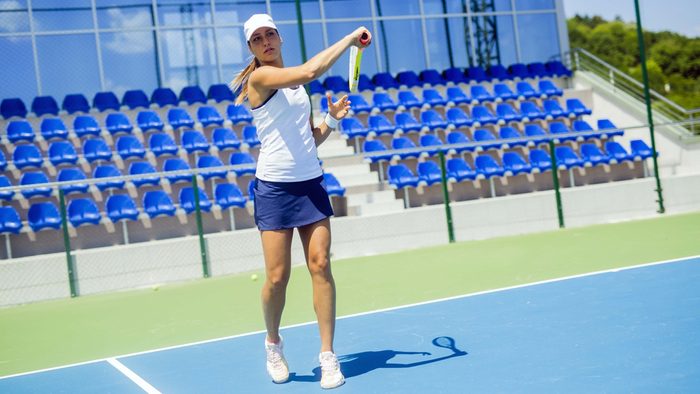
2. Consider the injury a challenge.
Your attitude toward injury can affect how you heal. You can confront stress with either instrumental coping, such as problem-solving, or maladaptive coping, such as alcohol or drug abuse, says Jill Tracey, an associate professor of kinesiology at Wilfrid Laurier University in Waterloo. “You need to ask yourself, ‘What can I do?’’’ she says. “If you’ve felt a loss of control, particularly if it was a freak accident, it’s vital to regain a sense of control.”
Aging doesn’t necessarily mean slowing down. “It’s about being smarter about how you approach activities,” says Tracey. Avoid buying into stereotypes or alarmist headlines that women need to stop doing the activities they’ve always loved to do due to aging.
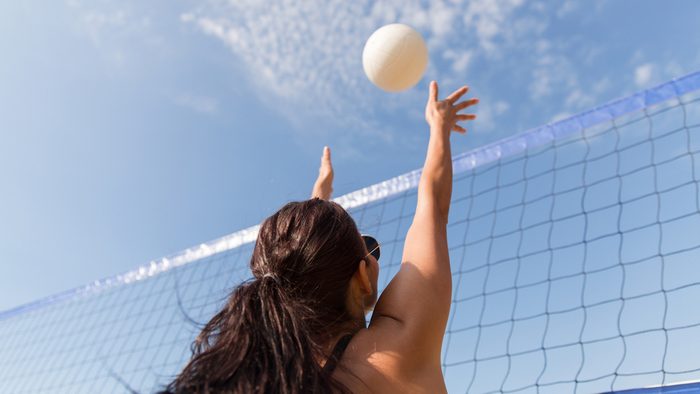
3. Focus on holistic training.
An injury may often mean temporarily slowing down or stopping one form of activity. But in many cases, you can gradually modify or vary your exercise regimen as you regain mobility, allowing injured parts to rest while building up strength in areas around the injured area. Varying your exercise routine is particularly crucial if you’re preparing for surgery, but being well rounded in your approach to physical activity is a good rule of thumb, says Tracey. That means developing core strength and muscle control, combined with weight-bearing exercise, such as walking briskly. Stretching is also important, either after exercise or when you’re at the point of sweating, as well as balancing exercises, says Dr. Walton.
With my knee injury, I wasn’t able to jog or play tennis during the first six months. But over time, I’ve been able to swim, do upper body strengthening, ride my bike, practise yoga and do the elliptical (in that order), all while doing daily physiotherapy exercises.
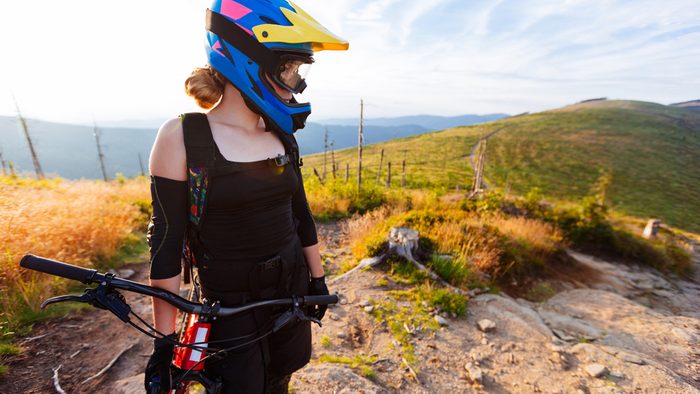
4. Be mindful of your body.
“How we bring awareness, like our attitudes, toward an injury affects how we experience it,” says Dr. Catherine Phillips, founding director of the Edmonton-based Mindfulness Institute and an assistant clinical professor in the department of psychiatry at University of Alberta. “Approaching an injury with resentment or resistance may create a very different internal experience than approaching it with openness and acceptance and perhaps even inviting kindness and compassion for yourself and how challenging it is to deal with this injury.” Regular mindfulness meditation develops intentional awareness in the present moment, with attitudes that are nurturing and supportive.
While mindfulness apps provide short-term guided meditations, Dr. Phillips says they are not a replacement for an experienced mindfulness teacher.
One of the most recognized mindfulness programs in Western medicine is mindfulness-based stress reduction (MBSR). It’s an eight-week program based on the teachings of Dr. Jon Kabat- Zinn that introduces body scans, yoga, breath awareness and “loving kindness” meditation as a way to help people work through pain, stress and illness.
It has been shown to have a range of benefits, from improving anxiety to producing measurable positive changes in immune function.
MBSR programs are offered across Canada. (You can check the UMass Medical School Center for Mindfulness website to find a certified MBSR teacher or inquire about mental health professionals who offer MBSR or other forms of mindfulness-based programs as part of their private practice or hospital affiliation.)
Some people find that yoga classes not only help clear the mind but also offer physical benefits. Restorative yoga classes, in particular, tend to be very gentle. They involve holding five or six poses for an extended period and are geared to people who are experiencing stress, healing from injury or looking for relaxation.

5. Use common sense.
This means watching what we put into our bodies. Remember to eat properly, avoid smoking and take at least 1,000 IUs of vitamin D every day, says Dr. Walton. “It’s the most important thing you can do over the age of 30 to maintain bone mass,” she says.
Also, ask your doctor or naturopath about calcium and magnesium supplements. And get a bone density test if you are over 50 or have a history of osteoporosis in your family, have a lower weight, have rheumatoid arthritis or take medications that increase your risk of bone loss.
